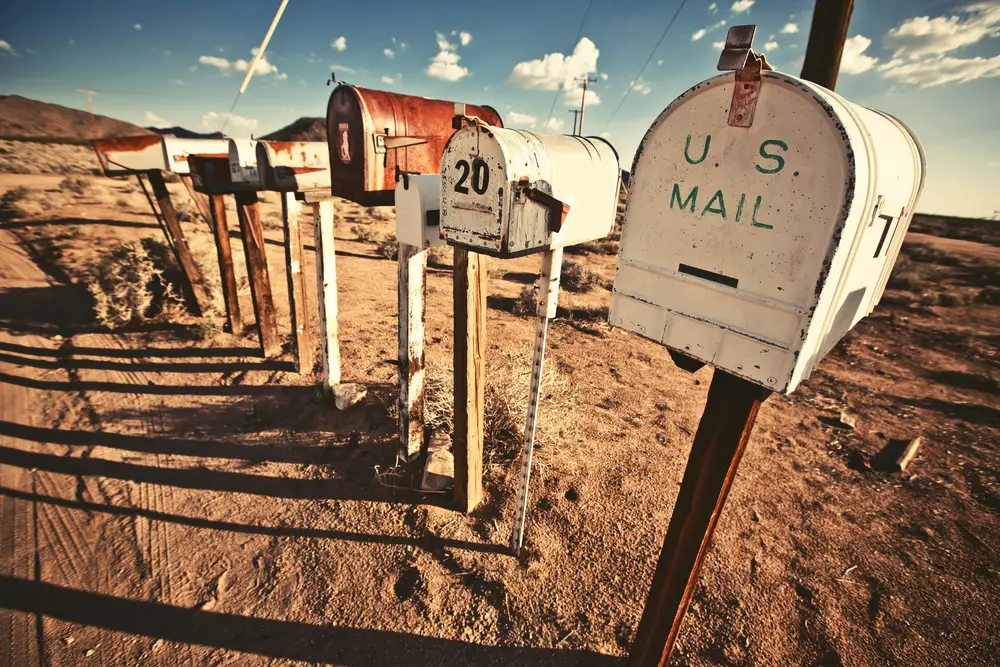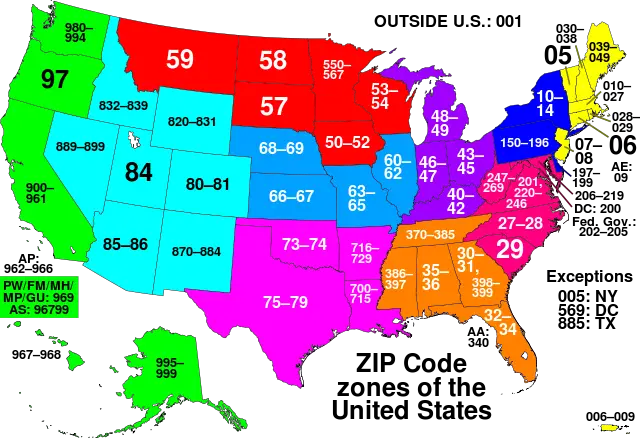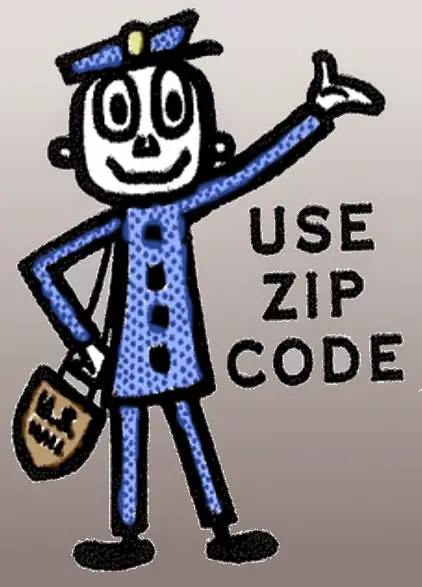If you’re in the United States, the ZIP code is something you’ve used countless times throughout your life, but did you ever know what it meant? And more importantly, did you ever know what all those digits represent? Knowing the origin of the ZIP code won’t help you get a letter or package any faster, but without it, you would never receive your electric bill or that new pair of socks.
The ZIP code is an acronym for “Zone Improvement Plan,” and it just so happens the United States Postal Service (USPS) intended it to mean zippy or quick. In 1963, the Postal Service implemented the five-digit zip code, and as a sort of marketing move, they wanted to indicate that by using the zip code, the mail would get to its destination faster.
The “Improvement” part of the acronym ZIP was used to explain the change from the old system before 1963. Prior to that time, the Postal Service used postal zones only in large cities. This new system improved on the old by giving everyone a code for where they lived or worked. The reason the Postal Service did the change was because of the growing volume of mail they were receiving. It was a way they could sort the mail more efficiently.
A normal, basic ZIP code is five-digits, as you know. The first number represents a group of states, the second and third numbers represent a region in that group of states, and the fourth and fifth numbers represent addresses in that region. In general terms, the first three numbers of the ZIP code refer to a sectional center facility, in other words, a major sorting facility. The remaining two numbers reference the post office within that sorting facility’s area.
In 1983, the ZIP+4 system was introduced, the one we’re probably not as familiar with since it’s rarely needed on forms, applications, or even correspondence. It’s done by the post office to ease the sorting to a specific delivery point. It’s also used for places that receive high volumes of mail.
The newest thing from the USPS was called POSTNET, or Postal Numeric Encoding Technique. This is the barcode that you may have seen at one time printed at the bottom of an envelope or package label. This encoded the ZIP code and enabled machines to sort the mail. But this too has been discontinued in favor of yet another barcode called the Intelligent Mail Barcode. This one is the series of bars you see above the delivery address when you get a piece of mail, and it was implemented to improve efficiency and delivery even more than the other systems.
Quick ZIP Code Facts:
The easiest ZIP code to remember is 12345, and it belongs to General Electric in Schenectady, New York.
The lowest ZIP code is 00501, and it’s for the Internal Revenue Service in Holtsville, New York.
The highest ZIP code is 99950 in Ketchikan, Alaska.
The most possible street deliveries is the ZIP code 10025 in Cathedral Station, New York. It has 46,167 possible street deliveries.
The JW Wescott is a contract mail boat on the Detroit River in Michigan. It has its own ZIP code, 48222, and delivers mail to passing ships.





